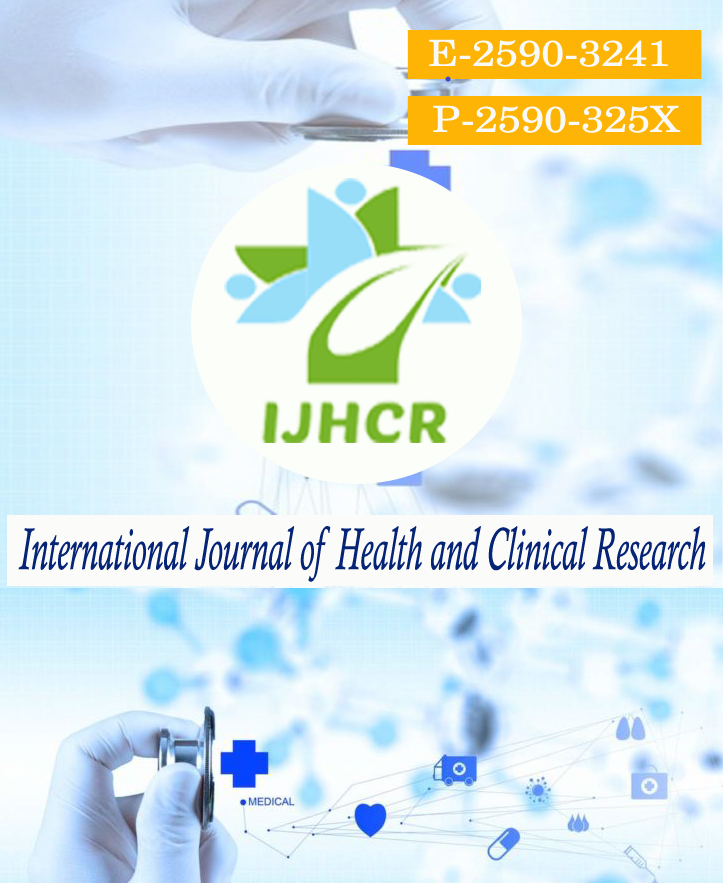Prevalence of hepatitis-B surface antigen in subjects attending OPD of Tertiary care institution
Keywords:
HBsAg, Hepatitis B surface antigen, HEPALISA, Jaundice, seroprevalence.Abstract
Background: Hepatitis B virus is a partially double-stranded circular DNA virus and is a member of the Hepadnaviridae family. The virus consists of a core capsid which contains viral DNA and this is surrounded by an envelope containing surface antigen (HBsAg). Both whole and incomplete virus particles, consisting entirely of HBsAg, are produced during replication of HBV. The HBsAg particles vary greatly in morphology and are found in high concentrations in early acute infection and continue to be produced in chronic disease.Aim: Diagnostic potential of Hepatitis-B surface antigen (HBsAg) positivity and its prevalence was evaluated among OPD Patients. Methodology: The prevalence of hepatitis B surface antigen (HBsAg) was studied among 767 subjects (male 470 and female 297), aged 05-55 years volunteers, who required medical check-ups. Blood samples, collected were tested for HBsAg using a third-generation ELISA kit. Results: Of the 767 subjects, male 1.82% and female 1.17% were positive for HBsAg. The results revealed that hepatitis B infection in the target group was below the intermediate endemicity. Conclusion: This study demonstrates that proper training of new entrants in the medical field can be pivotal in preventing HBsAg and it is advocated that a programme for education, vaccination and prophylaxis must be implemented in all healthcare set ups.
Downloads
Published
How to Cite
Issue
Section
License
Copyright (c) 2021 Poonam Sagar, Nand Kishor, Ranjan Kumar Srivastava, Satyendra Narayan Singh, Rajneesh Kumar Ranjan

This work is licensed under a Creative Commons Attribution 4.0 International License.






 All articles published in International Journal of Health and Clinical Research are licensed under a
All articles published in International Journal of Health and Clinical Research are licensed under a 